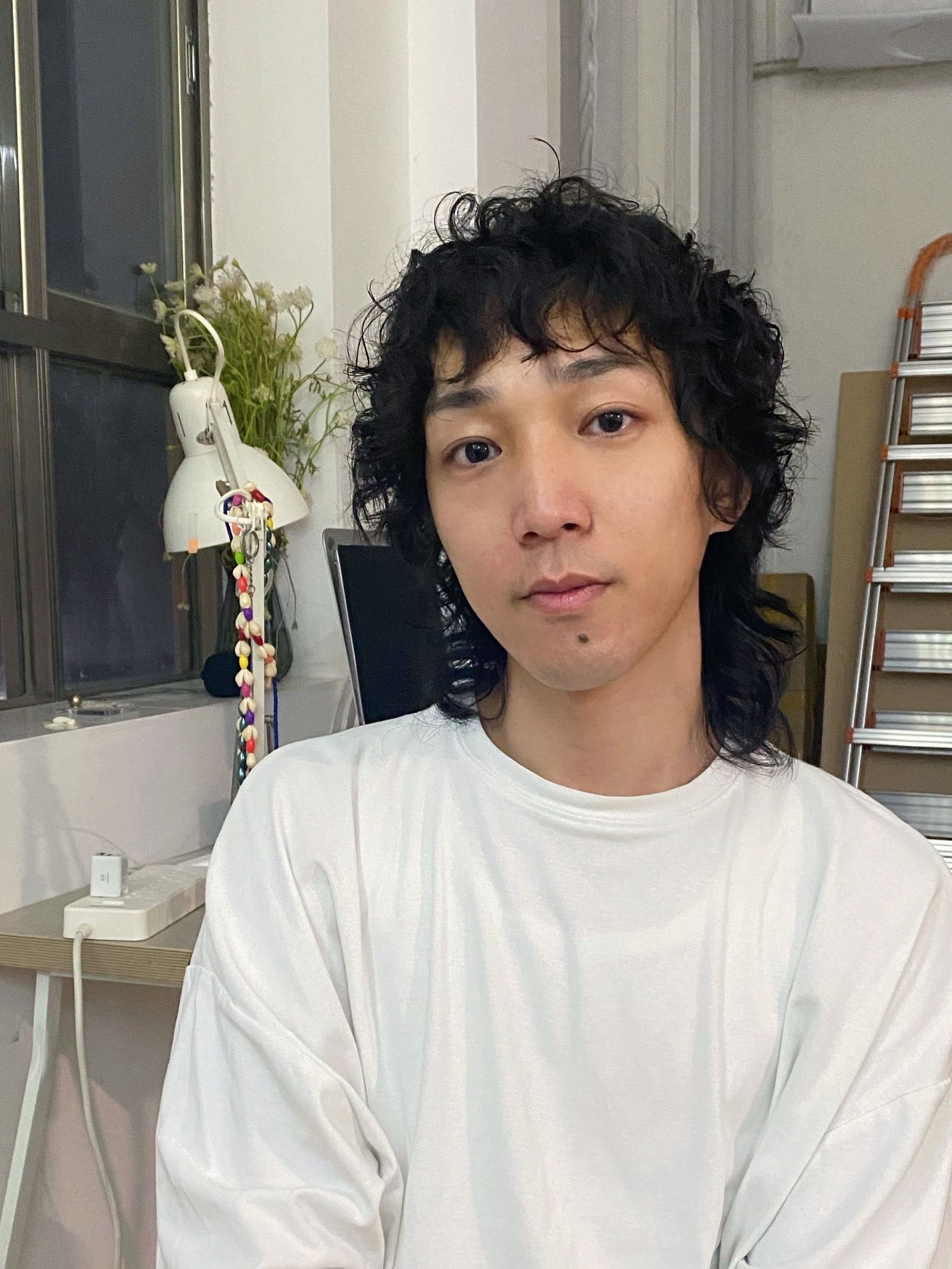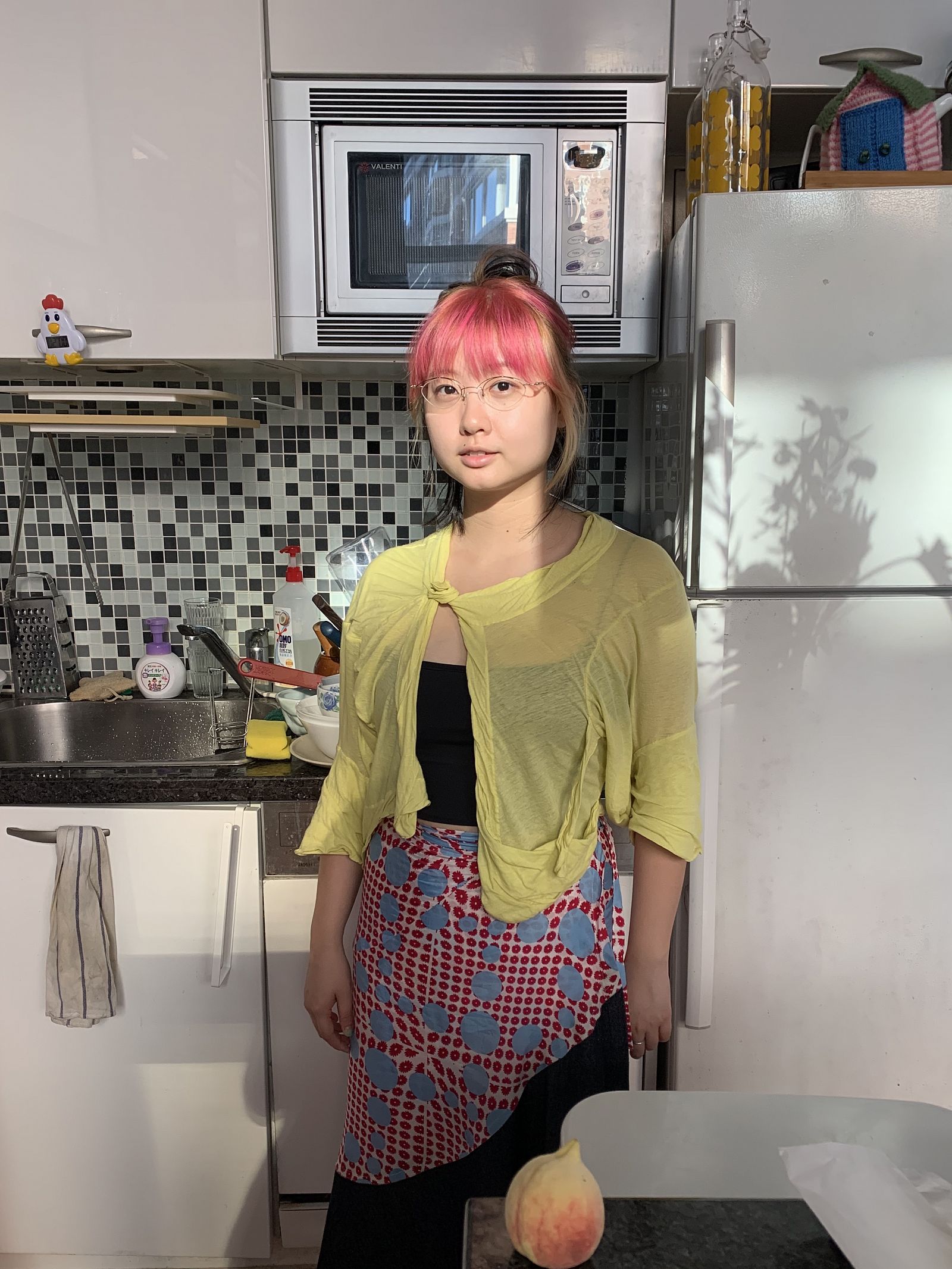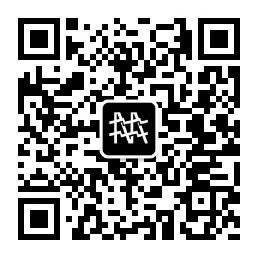Suggested listening and viewing modes:
Because of the meditative subtlety of the audio and visual experiences, we recommend that you watch on the largest screen available to you in a quiet place or wear headphones (at a recommended 80-100% volume).
If you are watching on a mobile phone, please watch in landscape mode.
“Om! All this should be covered by the Lord, whatsoever moves on the earth.”
-Isha Upanishad
Zheng Ke and Tan Jing’s work so hum takes its name from Vedic philosophy. The phrase means “I am she/he/that” and indicates an identification with the universe. The artists use multiple methods to eliminate the distinction between subject and object. Visually, this is expressed as a hallucinatory journey: macroscopic visions replace microscopic ones, reflected in the shifts from interior layers of muscle and skin to a remote jungle, and from the vast ocean to the starry universe. Due to their distinct sound processing methods, viewers feel as if they can hear themselves breathe, but an autonomous sensory meridian response (ASMR) is also triggered by the murmurs and ambient noise. Viewers feel invaded by the video because of that involuntary jolt of delight. With the video as a medium, a trance-like experience is encoded into viewers’ bodies; in what Vilém Flusser called “magia programada,” or “programmed magic,” it becomes a yogic practice that transcends the boundary between truth and fiction.
Zheng Ke (b. 1992), Sound and moving image artist. His works are focused on the discussions of the imbalance between the visual and auditory in acquisition of visual information, with attention to subtle and marginal experience to explore the possibilities of making the ordinary textures the center subject.

Tan Jing (b. 1992, Guangdong, China) obtained her MA at the Royal College of Art in 2017. Tan is keen on experimenting with textures, materials, and form within sculpture and installation. Her practice combines her expertise in the unpredictable composition of materials and techniques, with her whimsical intertwist of elements from biology and folklore. Tan has been experimenting with recreating new versions of a story, by dint of the formation of speculative relations among personal experiences, folklores and historical trajectories, from imagined spaces navigated by flowing and straying experiential empathy. Her recent exhibitions include: More, More, More ( Tank Shanghai, 2020), Study of Things- Or A Brief Story about Fountai, Brink, Tin, Coin, Stone, Shell, Curtain, and Body (Guangdong Times Museum, 2020) etc. Tan is researcher of HB Station of contemporary art/research Center at Guangzhou 2019-2020.

